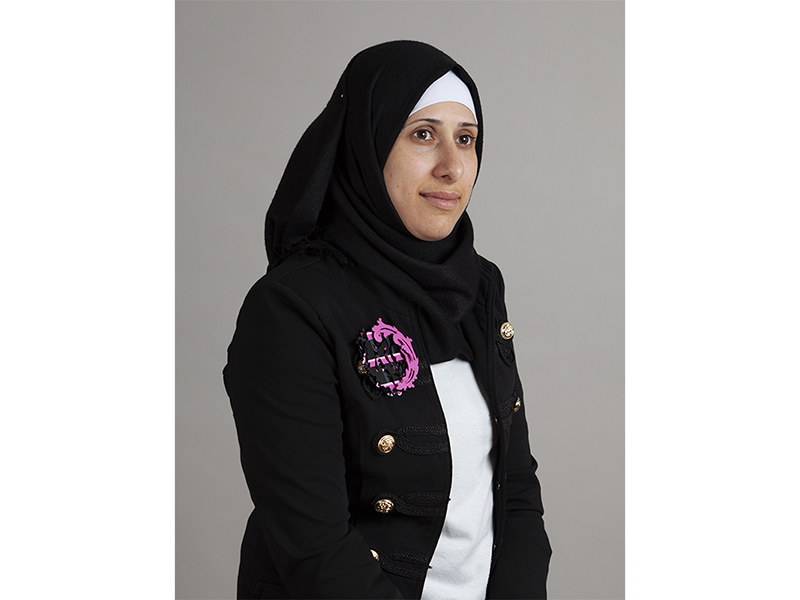
The Rian Design Museum, in Falkenberg, Sweden, is taking the concept of lending jewelry in a revolutionary direction for our field. Soon, with a program called Smyckoteket, visitors to the museum will have the opportunity to borrow a piece of contemporary art jewelry. (“Smyckoteket” is a portmanteau that translates as “jewelibrary.”) The point is to make borrowing a piece of jewelry as easy as borrowing a library book. More people will become familiar with art jewelry by having the opportunity to interact with and wear the work, making it more accessible to the public. Prior to the start of the loan operations, which are planned for early 2020, the jewelry the Rian has purchased is being shown in an exhibition called Smyckoteket. (It runs through November 24, 2019.) Here, we learn more about it from Love Jönsson, who has directed the Rian since April 2018. The Smyckoteket lending library was his idea, and he’s the collection’s curator.
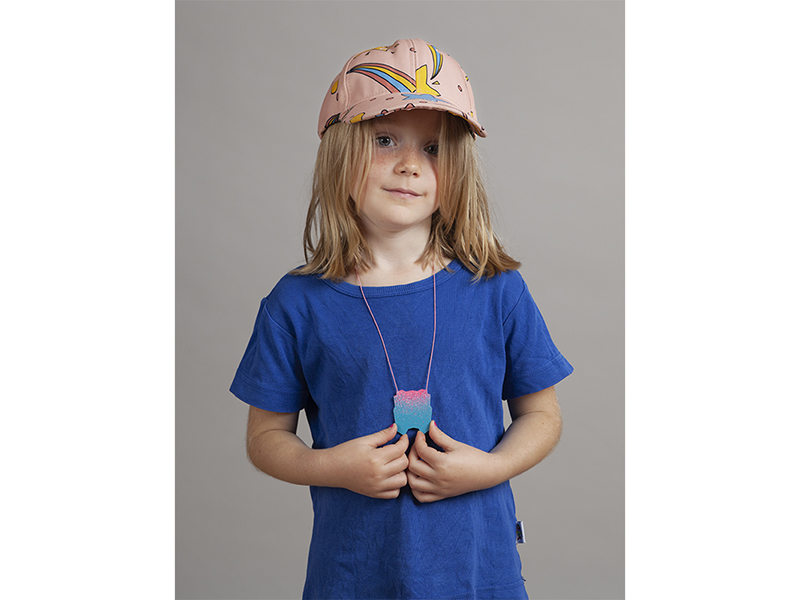
Nathalie Mornu: What was the genesis of your idea to institute a contemporary jewelry loan program?
Love Jönsson: Having worked with contemporary jewelry since the late 1990s as a critic, curator, and more recently as a museum director, I’ve met a lot of jewelry artists from around the world. One thing that has kept coming up in conversations with artists, of all ages and nationalities, is the joy and satisfaction they feel when seeing their works being worn by people. And another common topic of discussion when talking to artists has been how to find a bigger audience for contemporary jewelry by making it more accessible and reaching out beyond the ordinary gallery circuit. I can’t claim to have invented the idea of a public loan collection for contemporary jewelry all by myself. Rather, it’s an idea that developed over many years through engaged conversations with artists. When I was appointed director of the Rian Design Museum last year, I was suddenly in a position where I could actually make it happen.
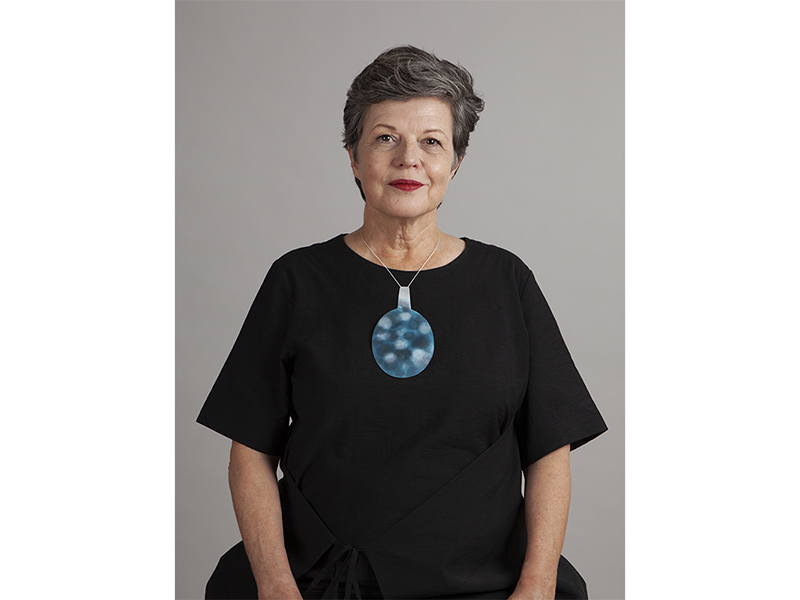
RELATED: AJF’s 2019 Trip to Copenhagen and Oslo
RELATED: Libraries, 3D Printers, and Jewelry
The Rian could have loaned some other type of object—ceramics or glass, perhaps. Why lend contemporary jewelry, specifically?
Love Jönsson: We want to test new ways of collecting and making it possible for the local audience to engage with the collection through actual handling and wearing. We also considered building a loan collection of functional pottery but decided to begin with jewelry. One reason is that when we started talking to our visitors about our ideas, the idea of lending jewelry seemed to hold a special appeal for many people. The social interaction that permeates the wearing of jewelry is also an attractive aspect for the museum. Someone taking a piece of jewelry on loan will not only keep it at home but is likely to wear it at various gatherings and events. The works in the collection will be seen in the streets, at parties, at workplaces, and hopefully also in a lot of places and circumstances that we’ve never even thought of!

One of the aims of Smyckoteket is to make art jewelry more accessible to the public. More people will have the opportunity to become familiar with, interact with, and wear jewelry artists’ work. Traditionally, galleries have performed this function. With Smyckoteket, you’re bringing it into the domain of the museum, although with a different methodology—loaning rather than selling, and allowing the borrower to live with the jewelry for a period of time rather than only for the time spent in front of a museum exhibit case. Can you talk about your interest in taking this approach? Does it have anything to do with the current tendency to prioritize experiences over products?
Love Jönsson: Of course we’ve noticed the broad current interest in letting individual consumption give way to sharing, and Smyckoteket fits well into that societal change. But the museum’s initiative is actually first and foremost inspired by the history of the “Artotek,” which were loan collections within the fine arts field—often comprising multiples and graphic prints—that were set up in several places in Scandinavia in the 1970s. An Artotek was often run in collaboration between nonprofit arts organizations, worker’s unions, and public libraries. The concept was typical of the progressive views on arts distribution and the democratization of art that formed an essential part of the Scandinavian welfare state. We have, to some extent, updated the idea of the Artotek but fuelled it with input from jewelry artists and made it into a project for contemporary jewelry located within a museum context.
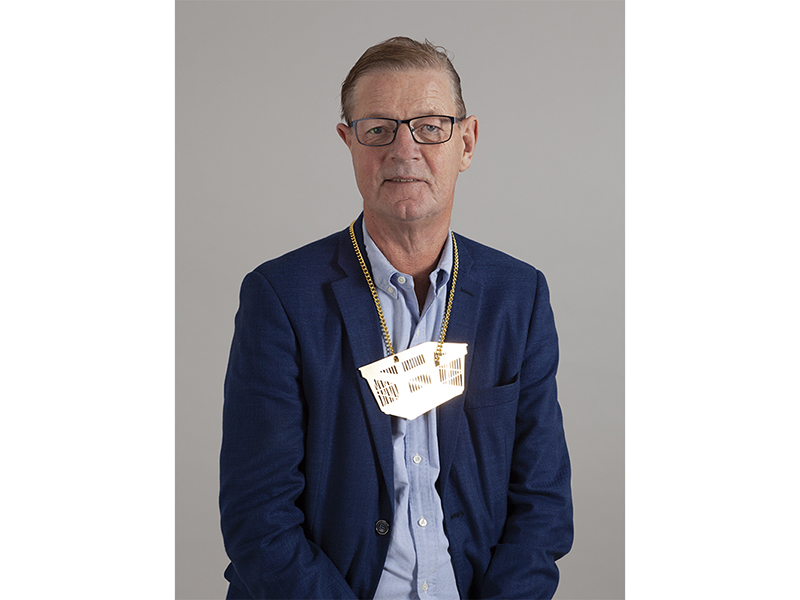
How was this groundbreaking idea received when you proposed it?
Love Jönsson: I had already pitched the idea some years ago when I worked as an exhibition curator at the Röhsska Museum, in Gothenburg, Sweden’s major design museum. However it was not met with much enthusiasm—there was a focus on the eventual problems of the project rather than on its possibilities. When I presented the idea last year to the cultural administration of Falkenberg, which functions as the board for Rian Design Museum, the response was very different. I immediately got carte blanche for the project and new funds were quickly transferred to the museum in order to start the collection and set up the lending program. The money for acquiring the jewelry pieces has been supplied by the town of Falkenberg and by our county administration, while some other project costs have been covered by a special development grant from the Swedish Arts Council.

Can you share more details about the lending program?
Love Jönsson: In January we will launch a website for Smyckoteket, where roughly 25 pieces of jewelry will be presented through photographs and texts. There will be an online booking system where one can easily register and book a piece for a period of two weeks. When the loan period has started, the selected piece is to be picked up at the museum during opening hours. To borrow a piece you need to present a season ticket to the museum and a valid ID. You don’t need to be a citizen of the town of Falkenberg to take part, but since you have to collect and return your chosen jewelry piece at the museum, the program is naturally targeted toward the local community. Each piece will come in a wooden box and, if necessary, with a written description of how one mounts it on one’s clothes or body. If you don’t return the piece within two weeks you’ll receive a reminder, and later a fine, just as with library books.

The jewelry in the library is by both Swedish and foreign artists, with a wide range of expression and material. How did you select the pieces?
Love Jönsson: Indeed, it has been important for us not to highlight a particular material or aesthetic approach, but to give room to different voices. We’ve looked for originality, but also for pieces that are wearable. Since the basic idea is to encourage people to wear contemporary jewelry, it wouldn’t make sense in this project to include purely conceptual works that aren’t meant to be worn, or that might not even be possible to wear. There are other collections where such works can find a better place.
To acquire works by artists from abroad was an early, and easy, decision. The rapid internationalization of the contemporary jewelry scene in the last two decades shows us that a purely national approach is passé. To collect works solely from Sweden or Scandinavia would have made the collection less interesting.
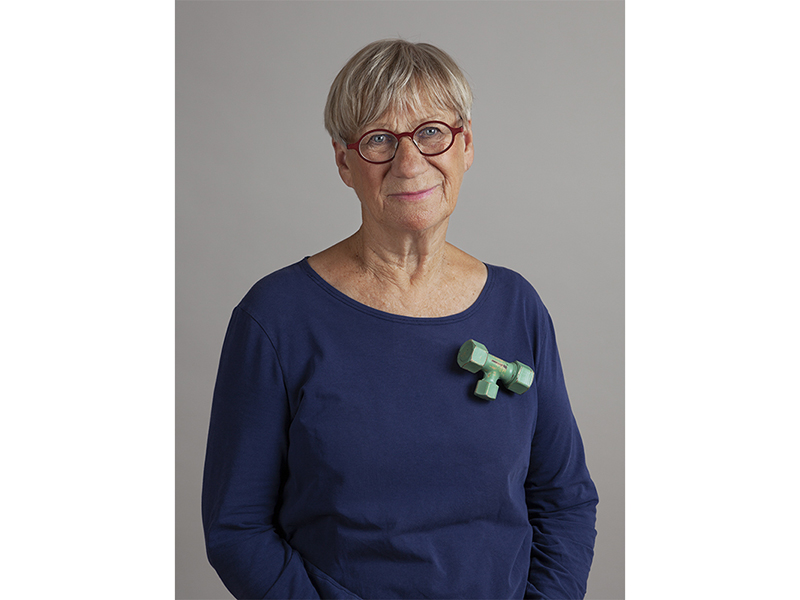
Did you commission special pieces for the library, or purchase jewelry that already existed?
Love Jönsson: Most pieces have been bought from exhibitions or from the stock of galleries and artists. Some works have been commissioned, for instance a necklace by Åsa Lockner. In that case we knew from the artist’s earlier works what kind of piece we wanted, but since her one-off necklaces were almost out of stock we commissioned her to make one especially for us. And when we asked Tore Svensson to present us with some pieces to buy, he immediately made a new brooch that references the shape of a local lake. Svensson has been working for some years now with his Lakes series, and it made sense for both us and him to have a lake in the Falkenberg district featured as a brooch in Smyckoteket.
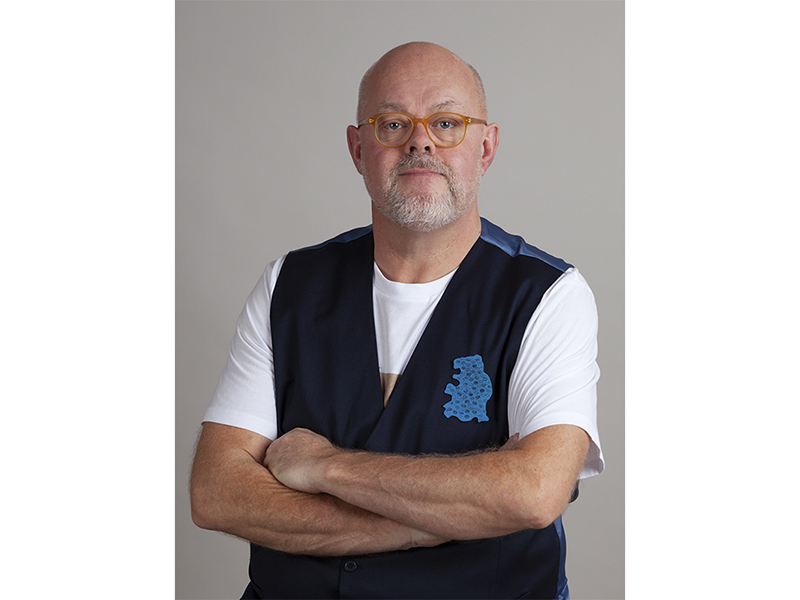
What will happen if pieces are inadvertently damaged?
Love Jönsson: We have deliberately avoided acquiring pieces that are extremely fragile. That said, it’s still inevitable, I guess, that some pieces might get damaged or even lost. In some cases we have already made agreements with the artists about how to handle eventual issues regarding repair or replacement. But it’s also important for the museum to stress that the aim of this collection is not primarily to preserve its objects for the future, but rather to document and preserve individual experiences of wearing the pieces. So we will encourage the borrowers to share their stories about how they felt when wearing the pieces, and what kinds of comments they got from people they met. Seen over time, this might develop into a unique archive of firsthand experience of wearing contemporary jewelry. It’s a new way of looking at the purpose of a museum collection. It’s not so much about the objects but rather about how they’re used. It would probably not have been easy to initiate this at a centuries-old museum, but since Rian is a young and fairly small institution, we can move more freely.
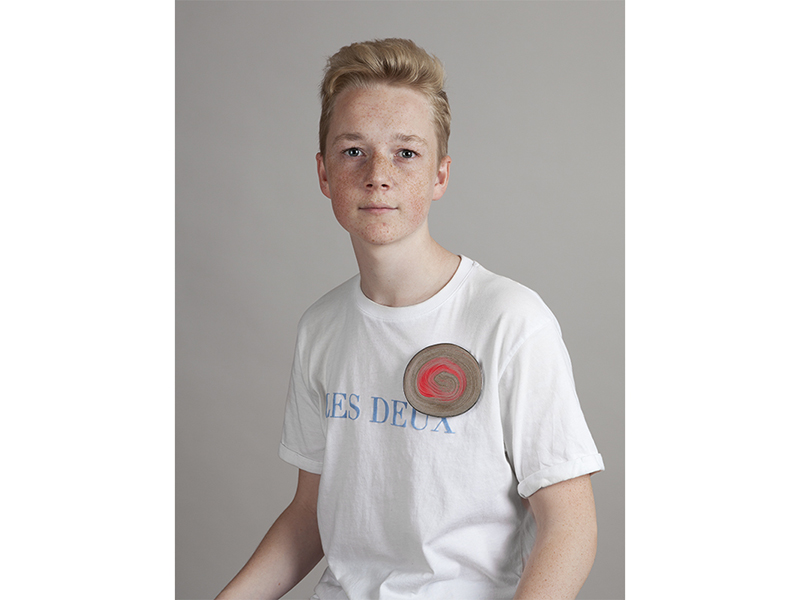
The program has launched with the exhibition called Smyckoteket, to show off the jewelry that will be in the library. Other events surround this kick-off. Can you briefly describe what you’ve planned?
Love Jönsson: At the opening we had the Danish duo Makers Move here with their mobile workshop. They’ve worked since 2012 with a project aimed at documenting people’s relationships to the jewelry they wear, making casts of jewelry worn by passers-by, and conducting interviews with them. (By the way, their next stop will be New York City Jewelry Week!) We also had a special exhibition, Jewellery as a Guest, installed in a private local history museum in Falkenberg, open to pre-booked groups for a couple of days. Jewellery as a Guest is run by the artist Gunilla Grahn, who presents more than 150 pieces of contemporary jewelry that visitors are encouraged to touch and wear. It’s a bit like a home party, but without the focus on selling. Next spring, when Smyckoteket’s loan program starts, we plan to have some well-known collectors come here to give talks about how they collect and wear jewelry. And in the summer of 2020 we’ll stage an international group show that highlights artists whose work has a dynamic relationship to history.

I predict this will be a very popular program and a great success! In that case, do you plan to expand the size of the Rian’s jewelry lending library in the future?
Love Jönsson: We have secured funding to continue making acquisitions during 2020, and I hope that the program will be so successful that a further expansion of the loan collection becomes natural. Like in any museum collection, there isn’t a given end to the process of collecting.
Is part of your plan to educate other institutions/museums on how to implement a jewelry-lending library?
Love Jönsson: I know that the Swedish Arts Council, which supports our initiative, is interested in our full-scale test of an idea that might later be taken over and adapted by other institutions as well. As a small museum, our focus is on the local audience, but if the program becomes successful and arouses the curiosity of other museums, we would of course love to share our experiences with them, and give them advice on how to start something similar.

Finally, what noteworthy things have you seen or read lately? Please share them with our readers.
Love Jönsson: I just received a copy of Nicolas Cheng’s doctoral dissertation, World Wide Workshop: The Craft of Noticing, which will soon be presented at the School of Design and Crafts at the University of Gothenburg. This is one of the first practice-based PhDs in Sweden that is written from a craft perspective, and the first in jewelry. Cheng, a Hong-Kong-born artist who has lived in Sweden for many years, insists on the need to understand and critically engage with the global systems of material extraction, trade, and manufacture that the crafts ultimately are part of. I’m also very curious to see the catalog that UK jeweler Lin Cheung has produced for her exhibition at the Stedelijk Museum in Amsterdam on the occasion of receiving the 2019 Francoise van den Bosch award.




